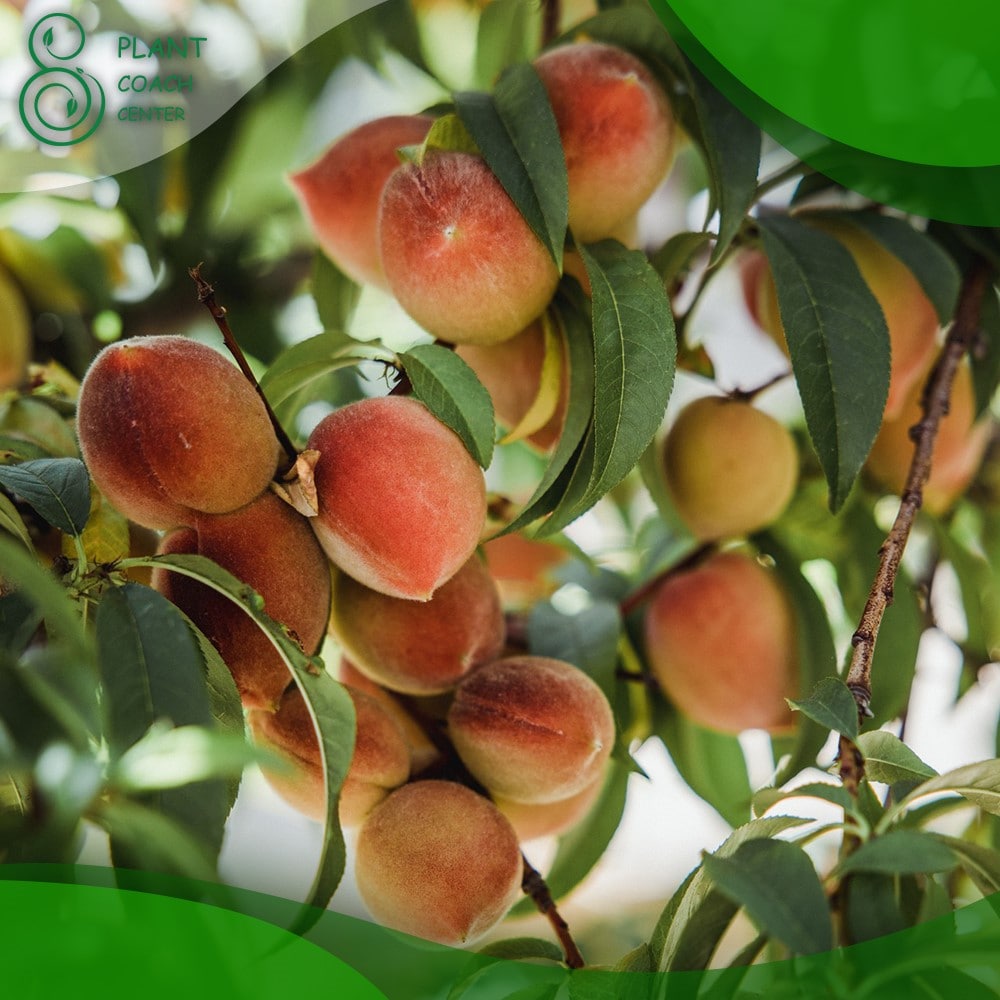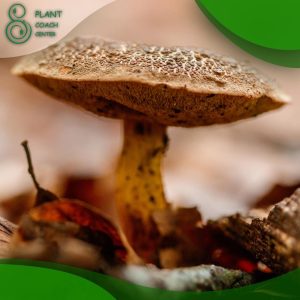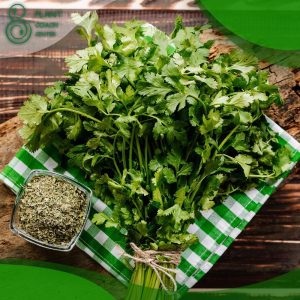Introduction
Peach trees, with their glorious pink blossoms and delicious, juicy fruits, have been a beloved part of many a home garden for generations. They’re more than just a source of tasty treats. They’re a symbol of life, renewal, and the simple, sweet rewards of hard work. Before we delve into the details of how to plant a peach pit, let’s take a moment to appreciate the beauty and wonder of the peach tree.
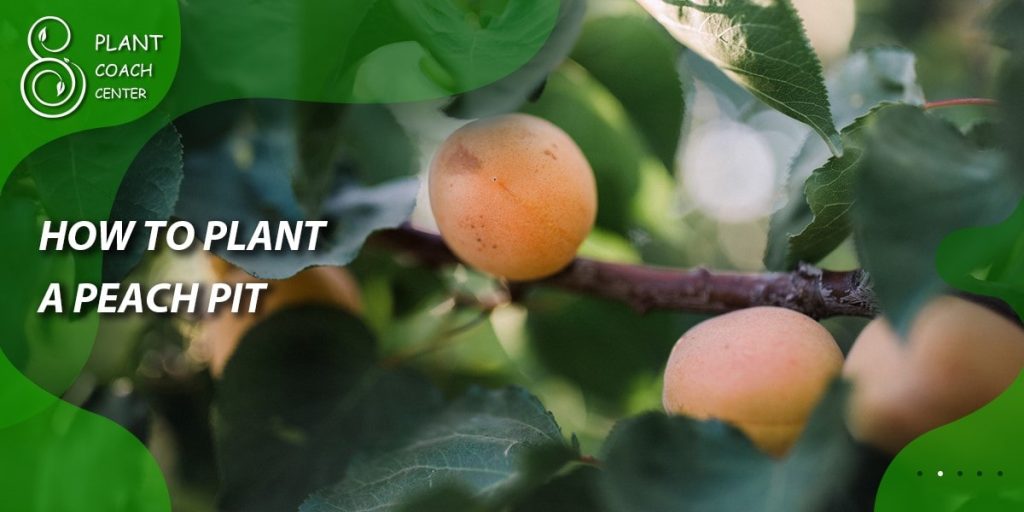
Importance of Growing Peach Trees
Growing your own peach tree can be a deeply satisfying experience. You begin with a tiny, seemingly lifeless pit, and with care, patience, and a bit of green-thumbed magic, you can transform it into a living, fruit-bearing tree. It’s an exercise in patience and an opportunity to connect with the natural world. Plus, there’s nothing quite as scrumptious as a peach freshly plucked from your own tree.
The Joy of Planting a Peach Pit
Planting a peach pit is like embarking on a journey. It’s a journey that will have its share of challenges, but also plenty of joys and rewards. It’s a journey that will teach you about the miracles of nature, the cycles of life, and the sweet taste of success. So, let’s start this journey together, shall we?
Understanding the Peach Pit
Anatomy of a Peach Pit
A peach pit, also known as a peach stone, is the hard center of the peach fruit. But it’s more than just a hard, inedible chunk. It’s actually a protective casing for the peach seed or kernel, which is the part that can grow into a new peach tree. If you crack open a peach pit (carefully, of course), you’ll find the seed inside.
How a Peach Pit Turns into a Tree
The transformation of a peach pit into a tree may seem like magic, but it’s actually a process guided by the laws of nature. The seed within the pit needs to germinate before it can grow into a tree. This requires the right conditions of moisture and temperature. Once the seed germinates, it sends out a root, then a shoot, and eventually grows into a young peach tree.
Peach Varieties and Their Differences
There are many different varieties of peaches, each with their unique characteristics. Some are sweet, some are tangy. Some have white flesh, others have yellow. Some are perfect for baking, others are best eaten fresh. The process of planting a peach pit is largely the same regardless of the variety, but the variety can affect the care requirements and growth habits of the resulting tree.
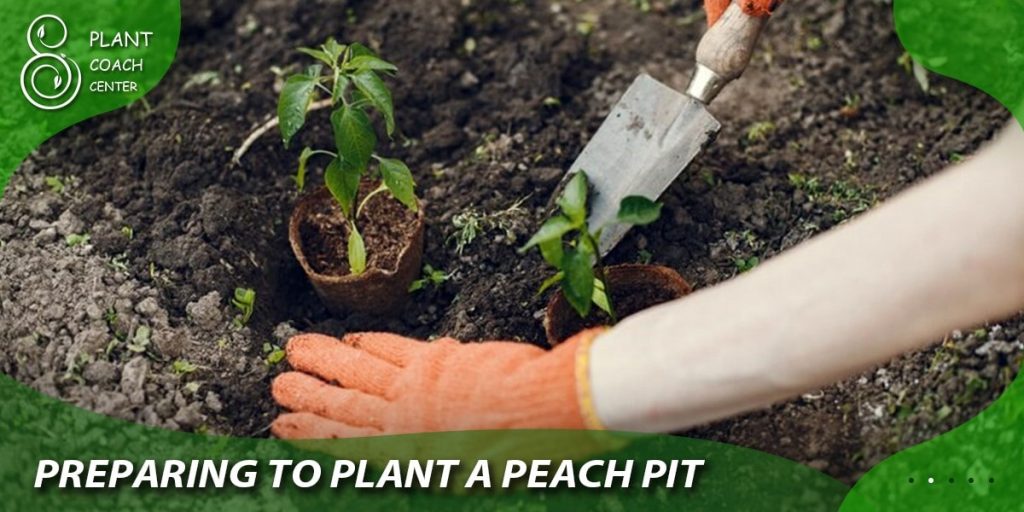
Preparing to Plant a Peach Pit
Best Time to Plant a Peach Pit
Timing is crucial when it comes to planting peach pits. The best time to plant is usually in the early fall, after the peach has been harvested and the pit has had time to dry out. This allows the pit to experience a period of cold stratification over the winter, which is necessary for germination.
Choosing the Right Peach Pit
Not all peach pits are created equal. For the best chance of success, you’ll want to choose a pit from a peach that’s ripe, healthy, and of a variety you know can grow well in your area. The pit should be clean and free of any signs of disease or damage.
Preparing Your Peach Pit for Planting
Before planting your peach pit, you’ll need to prepare it properly. This usually involves cleaning the pit, allowing it to dry, and then stratifying it. Stratification is a process that mimics the natural cold period a seed would experience over the winter, and it helps break the seed’s dormancy so it can germinate. To stratify a peach pit, you can wrap it in a damp paper towel, place it in a plastic bag, and store it in the refrigerator for a few weeks to a few months.
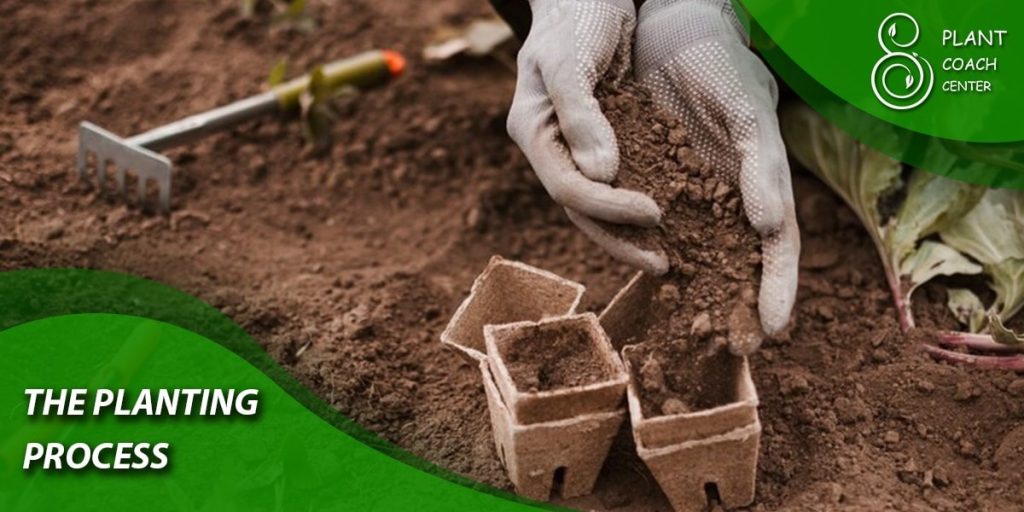
The Planting Process
Step by Step Guide to Planting a Peach Pit
1. Prepare your pit as described above. Once it’s been stratified, it’s ready to plant.
2. Choose a suitable location. Peach trees need full sun and well-draining soil.
3. Dig a hole. It should be about three times as wide and just as deep as the pit.
4. Place the pit in the hole. Position it so that the pointed end is facing up.
5. Cover the pit with soil. Fill in the hole, but don’t pack the soil too tightly.
6. Water thoroughly. Keep the soil evenly moist, but not waterlogged.
Common Mistakes to Avoid When Planting a Peach Pit
Avoid planting the pit too deep or too shallow. Also, be careful not to overwater or underwater the pit. It’s important to maintain the right balance of conditions to encourage germination and growth.
The Importance of Patience in the Planting Process
Planting a peach pit is not a quick process. It takes patience and dedication. The pit may take several weeks or even a few months to germinate, and it will be several years before you see any peaches. But don’t be discouraged. The process of nurturing a peach tree from a pit is a rewarding journey in itself.
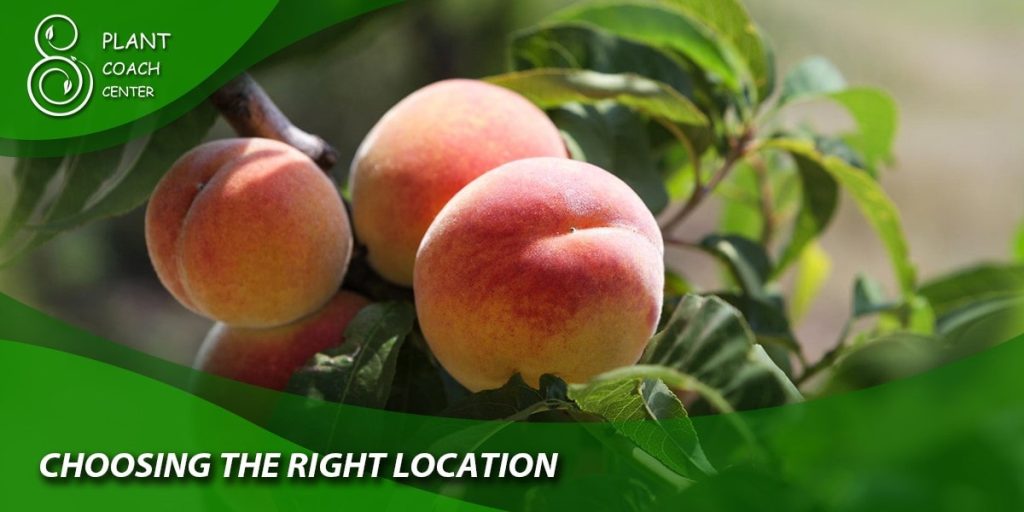
Choosing the Right Location
Soil Requirements for Peach Trees
Peach trees prefer slightly acidic soil with a pH between 6.0 and 6.5. The soil needs to be well-draining as peach trees don’t fare well in waterlogged conditions. If your soil is heavy clay, consider amending it with organic matter to improve its texture and drainage.
Sunlight Requirements for Peach Trees
Peach trees require full sun to grow and produce fruit efficiently. This means they should get at least six hours of direct sunlight per day. The more sun they get, the more energy they’ll have to produce those delightful peaches we’re aiming for.
Ideal Climate Conditions for Peach Trees
Peach trees thrive in regions with a climate that features a cold winter and a warm, frost-free spring and summer. The winter chill is necessary for the tree to go through dormancy, while a frost-free growing season ensures that the blossoms and young fruits aren’t damaged by freezing temperatures.
Caring for Your Peach Tree
Watering Your Peach Tree
Watering is an essential part of peach tree care. Young trees need consistent moisture to help them establish their root systems. However, it’s important not to overwater as this can lead to root rot. As a rule of thumb, water deeply once a week during dry periods.
Fertilizing Your Peach Tree
Peach trees will benefit from a balanced fertilizer applied in early spring as new growth begins. As the tree matures, you can adjust the fertilizer type and quantity based on the tree’s growth and fruit production.
Pruning Your Peach Tree
Pruning helps to maintain the tree’s shape, promotes better air circulation, and encourages the growth of fruiting wood. It’s usually done in early spring before the tree breaks dormancy. For peach trees, an open center or “vase” shape is often recommended.
Plant Coaching and Its Importance
What is Plant Coaching?
Plant coaching, also known as plant training, is the process of guiding a plant’s growth to ensure its good health, productivity, and aesthetic appeal. For peach trees, this might involve techniques like proper pruning to maintain an ideal shape, or staking young trees to support their growth.
How Plant Coaching Can Help Your Peach Tree Grow
By coaching your peach tree, you can help it grow stronger, produce more fruit, and live longer. For example, regular pruning can remove dead or diseased branches, which can help prevent the spread of diseases. It can also help the tree focus its energy on growing new, productive branches.
Techniques in Plant Coaching for Peach Trees
Different techniques can be used in plant coaching. For peach trees, these may include:
– Pruning: This is usually done in late winter or early spring, before the tree starts to sprout new leaves. The goal is to create an open center shape that allows sunlight to reach all of the leaves.
– Thinning: This involves removing some of the peaches when they’re still small. By reducing the number of fruits, the tree can put more energy into growing the remaining ones, which can result in larger, juicier peaches.
– Staking: Young trees may need to be staked to provide support and encourage straight growth.
Troubleshooting Common Peach Tree Problems
Identifying Diseases in Peach Trees
Peach trees can be susceptible to a number of diseases, like peach leaf curl, brown rot, and bacterial spot. Familiarize yourself with the symptoms of these diseases so you can identify them early and take appropriate action.
Dealing with Pests in Peach Trees
Pests such as peach tree borers, aphids, and Japanese beetles can pose a threat to your peach tree. Monitor your tree regularly for signs of pests and use integrated pest management strategies to deal with any infestations.
Handling Nutrient Deficiencies in Peach Trees
Nutrient deficiencies can lead to a variety of problems in peach trees, from yellowing leaves to reduced fruit production. Regular soil testing can help you identify any deficiencies so you can adjust your fertilization practices accordingly.
Harvesting Your Peaches
Knowing When to Harvest
Knowing when to harvest your peaches can be a bit tricky since it depends on the specific variety and your local climate. Generally, peaches are ready to harvest when they have full color and a slight give when gently squeezed. The fruit should come off the tree with a slight twist.
How to Harvest Your Peaches
To harvest peaches, gently grasp the fruit and twist it slightly. If it’s ripe, it should come away easily. Use a soft hand to avoid bruising the fruit.
Storing Your Freshly Harvested Peaches
Fresh peaches don’t have a long shelf life, so it’s best to eat them soon after harvesting. If you need to store them, keep them at room temperature until they’re fully ripe, then move them to the refrigerator where they can last for a few more days.
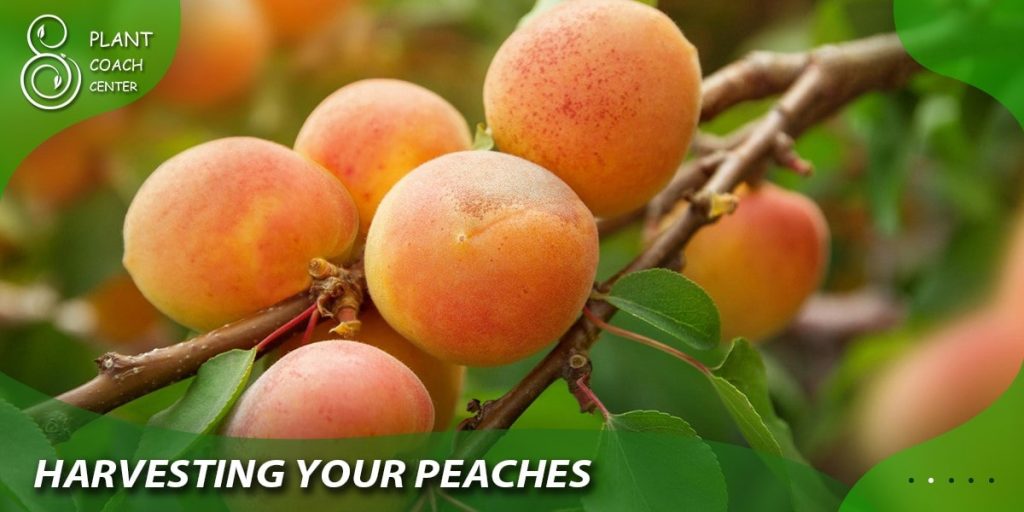
Conclusion: The Joy of Growing Your Own Peach Tree
Reflecting on the Journey
Growing your own peach tree from a pit is a journey that requires patience, care, and a bit of green-thumbed know-how. But the rewards are great. Not only do you get to enjoy the delicious fruits of your labor, but you also gain a deeper understanding and appreciation of the wonders of nature.
Enjoying the Fruits of Your Labor
There’s nothing quite like the taste of a juicy peach that you’ve grown yourself. Whether you enjoy them fresh, bake them into a pie, or preserve them for future use, homegrown peaches have a special flavor that’s all the sweeter for the effort and care you’ve put into growing them.
Looking Towards the Future: Maintaining and Enjoying Your Peach Tree
With the right care, your peach tree can provide you with many years of beauty and bounty. It’s a gift that keeps on giving, and a testament to the miracles of life and growth. So here’s to the humble peach pit, and to the magnificent tree it can become.
That’s the end of our comprehensive guide to planting a peach pit. I hope you found it informative and inspiring. Happy gardening!
Get started on your sustainable gardening journey with plantcoachcenter.com!


